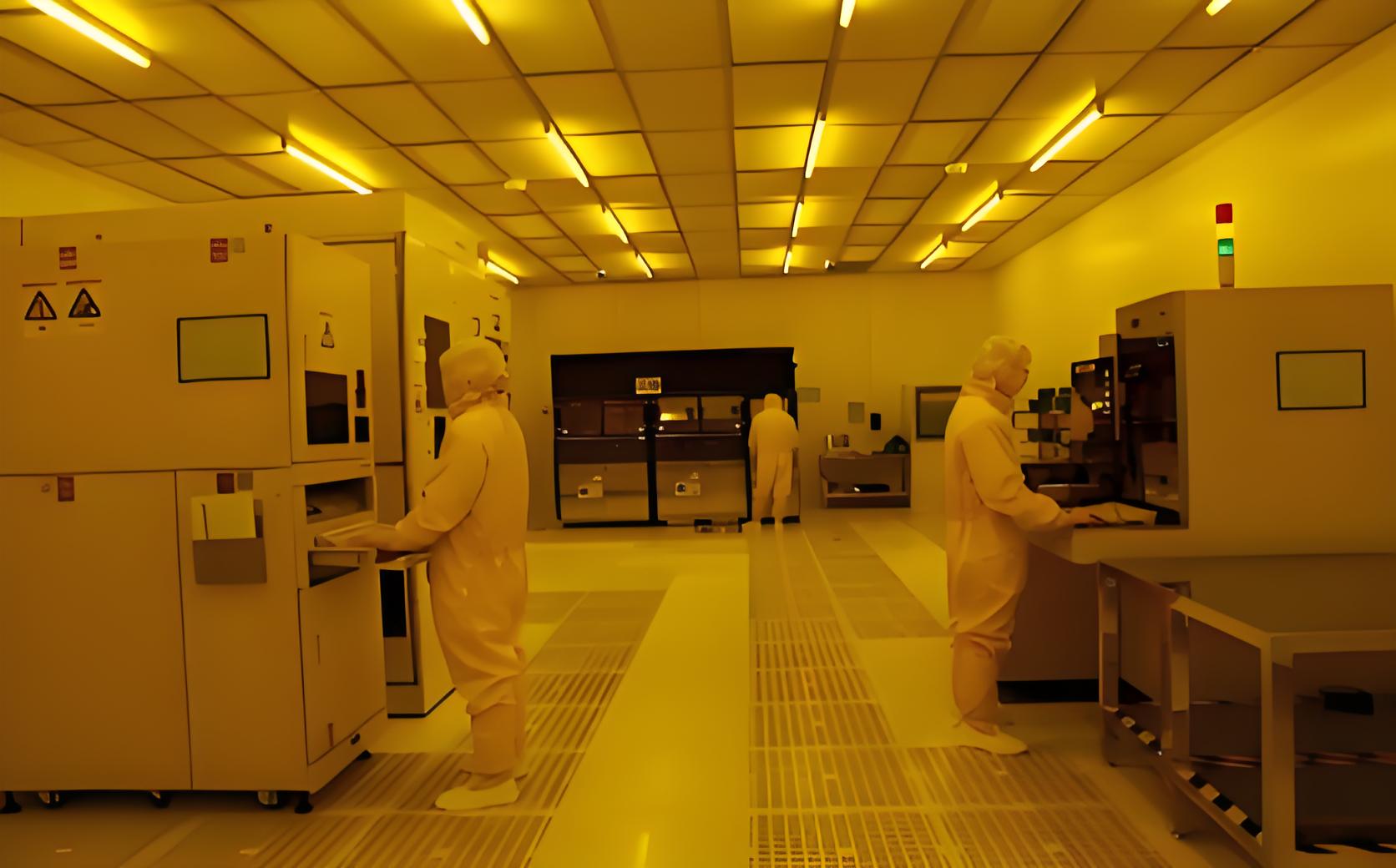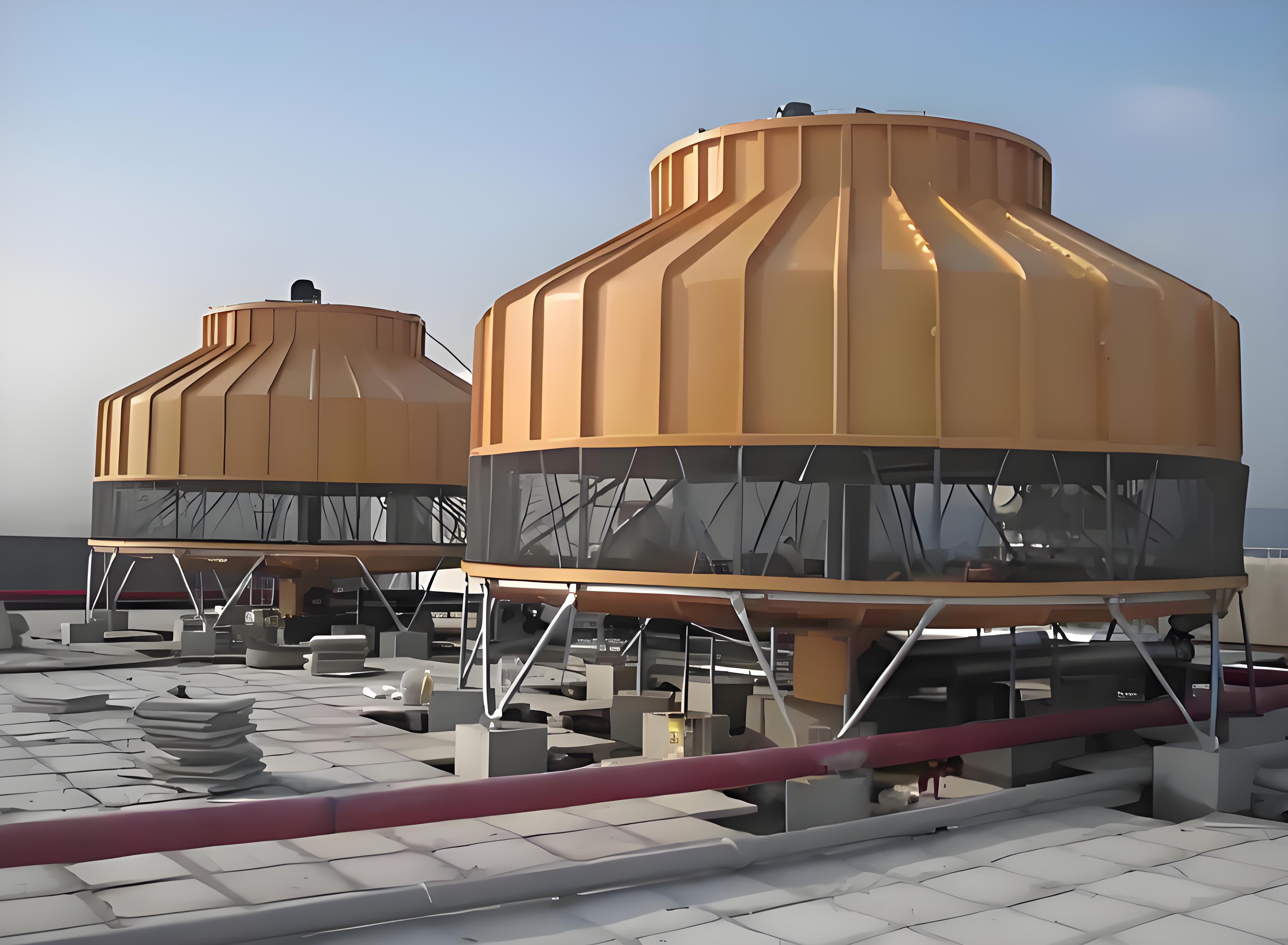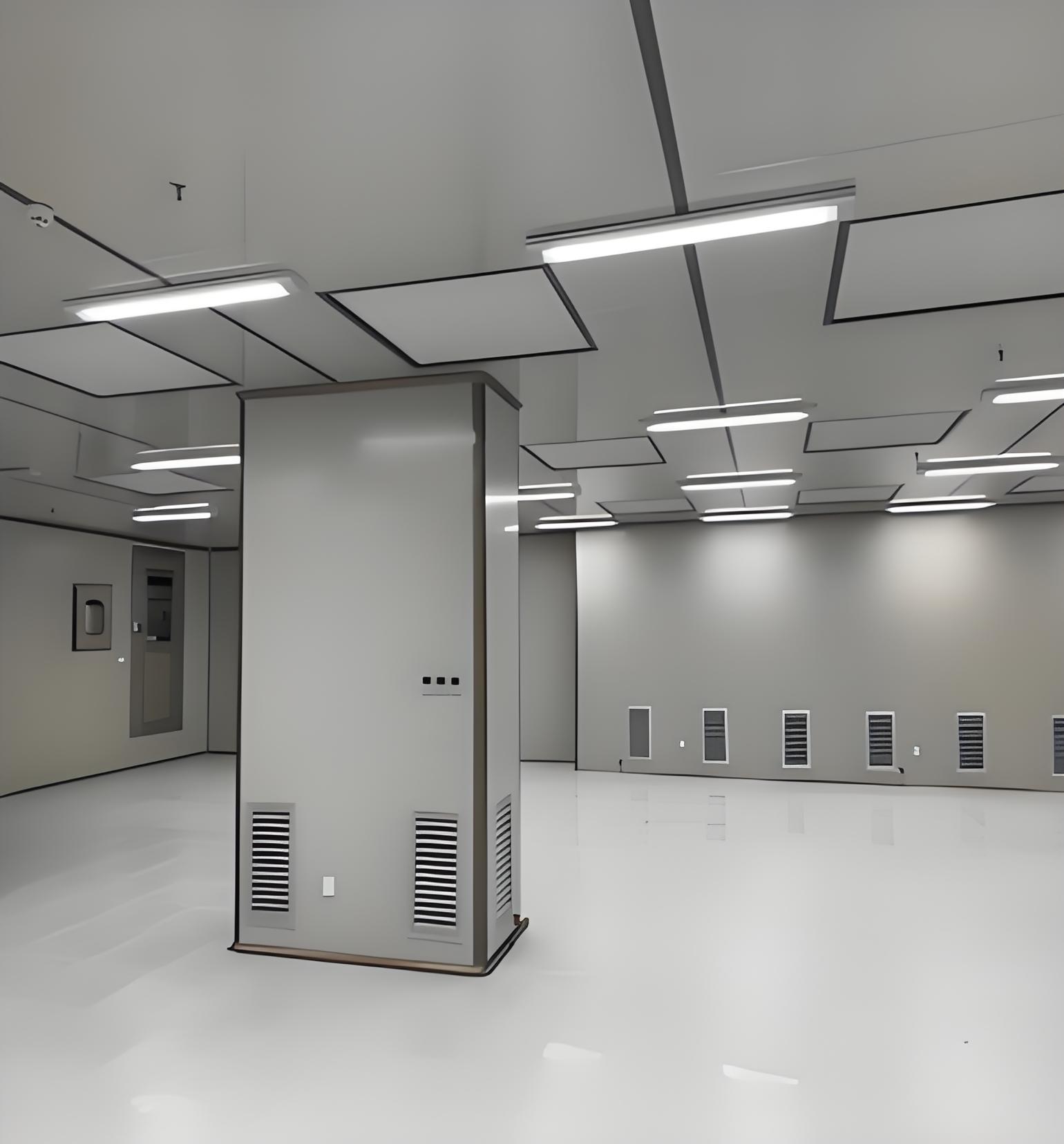




If you work in a clean room, you already know the relentless focus on particulate contamination. But there's an invisible threat that can be just as damaging: static electricity. The phrase clean room static isn't just industry jargon; it's a critical operational challenge that impacts yield, safety, and product reliability. Unlike a typical factory floor, a clean room's controlled environment, with its low humidity and constant air flow, creates the perfect conditions for static charge to build up and wreak havoc. This article cuts through the complexity of clean room static, offering a clear look at why it's a problem, how to control it, and what it means for your budget and procedures.

To understand clean room static, you first need to grasp how it forms. Static electricity is generated whenever two surfaces contact and then separate—a process known as triboelectric charging. In a clean room, this happens constantly: when personnel walk, when polymers roll, when gloves handle wafers or devices. The low humidity (often below 40% RH) standard in many clean rooms prevents moisture from dissipating these charges, allowing them to accumulate to levels of thousands of volts.
The consequences of uncontrolled clean room static are severe and fall into three main categories:
Product Damage: Electrostatic Discharge (ESD) can instantly destroy or degrade sensitive microelectronics, like integrated circuits and semiconductors. The damage can be catastrophic (immediate failure) or latent (weakened performance leading to early field failure), which is often more costly and difficult to detect.
Particulate Contamination: Surfaces charged with clean room static act like magnets. They attract airborne particles, including skin flakes, dust, and other contaminants that the expensive HVAC system worked hard to remove. A charged surface can attract many times more particles than a neutral one, directly undermining the clean room's primary function.
Operational Risks: In environments handling flammable or explosive materials, such as those in certain pharmaceutical or chemical processes, a single ESD event can pose a significant safety hazard, potentially igniting solvents or powders.
Ignoring clean room static control means accepting lower product quality, reduced manufacturing yield, and increased operational risk.
Effective management of clean room static isn't about a single silver bullet. It requires a holistic strategy that addresses the problem at multiple points. A robust clean room static control program is built on several interconnected pillars.
Personnel Grounding
People are one of the biggest sources of static charge. Proper grounding is non-negotiable. This includes:
ESD Smocks: Worn over clean room garments, these are woven with conductive threads to dissipate charge.
Footwear Straps or ESD Shoes: These safely channel static from the body to the ESD-rated flooring.
Wrist Straps: For seated, static-sensitive workstations, wrist straps provide a direct, continuous path to ground.
It's crucial that all personnel grounding equipment is regularly tested to ensure it functions within specified parameters.
ESD-Safe Materials and Furniture
Every surface and object in the clean room must be considered. Standard clean room plastics (like PVC or polycarbonate) are prolific charge generators. They must be replaced with ESD-safe variants:
Worksurfaces: Benchtops and mats made from static-dissipative materials prevent local charge buildup.
Chairs: Upholstery and casters must be ESD-safe.
Storage and Transport: Carts, bins, trays, and bags should be made from conductive or dissipative materials to shield products from static during movement and storage. The selection of these clean room static control materials is as important as the selection of the clean room wall panels themselves.
Air Ionization: The Active Solution
While grounding works for conductors, most objects in a clean room (plastics, glass, processed wafers) are insulators and cannot be grounded. This is where air ionization becomes essential. Ionizers work by flooding the environment with positively and negatively charged ions. These ions neutralize static charges on insulating surfaces and isolated conductors. For comprehensive clean room static elimination, a combination of ceiling-mounted overhead ionization and localized point-of-use ionization at critical workstations is often the most effective strategy.

Understanding ionization is key to mastering clean room static control. Ionizers create a balance of positive and negative ions. When a statically charged object (e.g., positive) enters this "cloud" of ions, it attracts the opposite polarity ions (negative), effectively neutralizing the charge.
The two primary types of ionization technology are:
Electrical Ionization: This includes AC, DC, and Pulse DC systems.
AC Ionizers are common and cost-effective but can have a longer decay time and require more frequent cleaning to maintain balance.
DC/Pulse DC Ionizers offer superior performance, with faster neutralization and easier control of ion balance. They are often the preferred choice for high-precision industries like semiconductor manufacturing where tight clean room static control thresholds are mandatory.
Nuclear Ionization: These use a small, safe amount of a radioactive isotope (like Polonium-210) to ionize the air. They require no power and are perfectly balanced but have a finite lifespan and are subject to strict regulatory disposal requirements.
Regular monitoring of ionizer performance—checking for balance and decay time—is critical to ensure the system is actively combating clean room static as intended.
The financial aspect of clean room static control can be broken into initial capital expenditure (CapEx) and ongoing operational expenditure (OpEx).
CapEx (Initial Investment):
ESD Flooring: This is one of the larger costs, with conductive vinyl or epoxy flooring representing a significant but essential investment.
Ionization Systems: The cost of overhead ionizers can vary widely based on the technology (AC vs. DC) and the clean room's square footage.
ESD Furniture and Materials: ESD-safe chairs, workstations, and storage solutions carry a premium over their standard counterparts.
OpEx (Recurring Costs):
Maintenance and Monitoring: Ionizers require regular cleaning and performance verification. Test equipment like electrostatic field meters and ionizer test kits are necessary.
Consumables: This includes ESD gloves, smocks, wrist straps, and packaging materials, which need periodic replacement.
Compliance and Auditing: Time and resources spent on auditing the clean room static control program and ensuring personnel compliance.
While the upfront costs are tangible, they must be weighed against the cost of not acting: the scrap of high-value products, the reputational damage from field failures, and the safety incidents. For most modern manufacturing, a robust clean room static control program is not an expense but a safeguard for the entire operation.
A professional clean room static control program aligns with international standards. The most critical is the ANSI/ESD S20.20 standard, which provides a framework for developing an ESD Control Program. For the clean room context, this is often integrated with ISO 14644 standards for cleanroom classification.
Key elements from these standards include:
Setting a clean room static control program plan with defined technical requirements.
Establishing a safe handling level for your most sensitive component (often called the HBM or CDM Sensitivity).
Implementing the necessary controls: personnel grounding, ESD-protective areas, and ionization.
Conducting regular verification checks and maintaining detailed records.
Adherence to these standards is not just about passing an audit; it's about creating a reproducible, reliable process that minimizes risk.
Q1: What is the single most important step to reduce clean room static?
A1: There is no single step, as effective control requires a system. However, if one had to be chosen, ensuring 100% compliance with proper personnel grounding (smocks, footwear, and wrist straps) would have the most immediate and widespread impact, as the human body is a primary charge generator.
Q2: How often should ionizers be checked for performance?
A2: The frequency depends on the criticality of the application and the ionizer type. For a highly sensitive semiconductor clean room, balance and decay time should be checked daily or weekly at key locations. For less critical environments, a monthly check may suffice. Always follow the manufacturer's recommendations and your internal quality control procedures.
Q3: Can't we just raise the humidity to solve the clean room static problem?
A3: While higher humidity (above 50-60% RH) can help reduce charge generation on some materials, it is rarely a viable standalone solution. Many clean room processes require low humidity, and high humidity can promote microbial growth (mold, bacteria) and corrosion, creating a different set of contamination problems.
Q4: Are there ESD-safe materials that are also low in particulate generation?
A4: Yes. This is a critical consideration. When selecting materials for clean room static control, you must specify items that are both ESD-safe and certified for low particulate shedding and low outgassing. Many suppliers offer static-dissipative polymers and fabrics designed specifically for clean room use.
Q5: How do I know if my clean room has a static problem?
A5: The most direct way is to use an electrostatic field meter to measure charge voltages on surfaces, materials, and products. Indirect signs include an unexplained increase in particle counts on products, a rise in product failure rates at electrical test, or personnel reporting minor ESD shocks. Proactive monitoring is far better than waiting for these failure signs to appear.